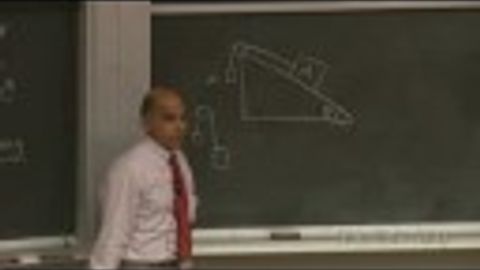4. 牛頓定律(續)和斜面(4. Newton's Laws (cont.) and Inclined Planes)
yukang920108 發佈於 2022 年 06 月 26 日  沒有此條件下的單字
沒有此條件下的單字US /ˈkɑnstənt/
・
UK /'kɒnstənt/
US /ˈriəˌlaɪz/
・
UK /'ri:əlaɪz/
US /ˈpɑzɪtɪv/
・
UK /ˈpɒzətɪv/
- adj.積極的;建設性的;確定的;正極的;積極的;有利的;陽性的;樂觀的;正數的;正像的
- n.正片
US /ˈnɛɡətɪv/
・
UK /'neɡətɪv/
- n.負電極的;否定詞;否定句;底片
- adj.消極的;負的;負面的;否定的;陰性的;負電的

